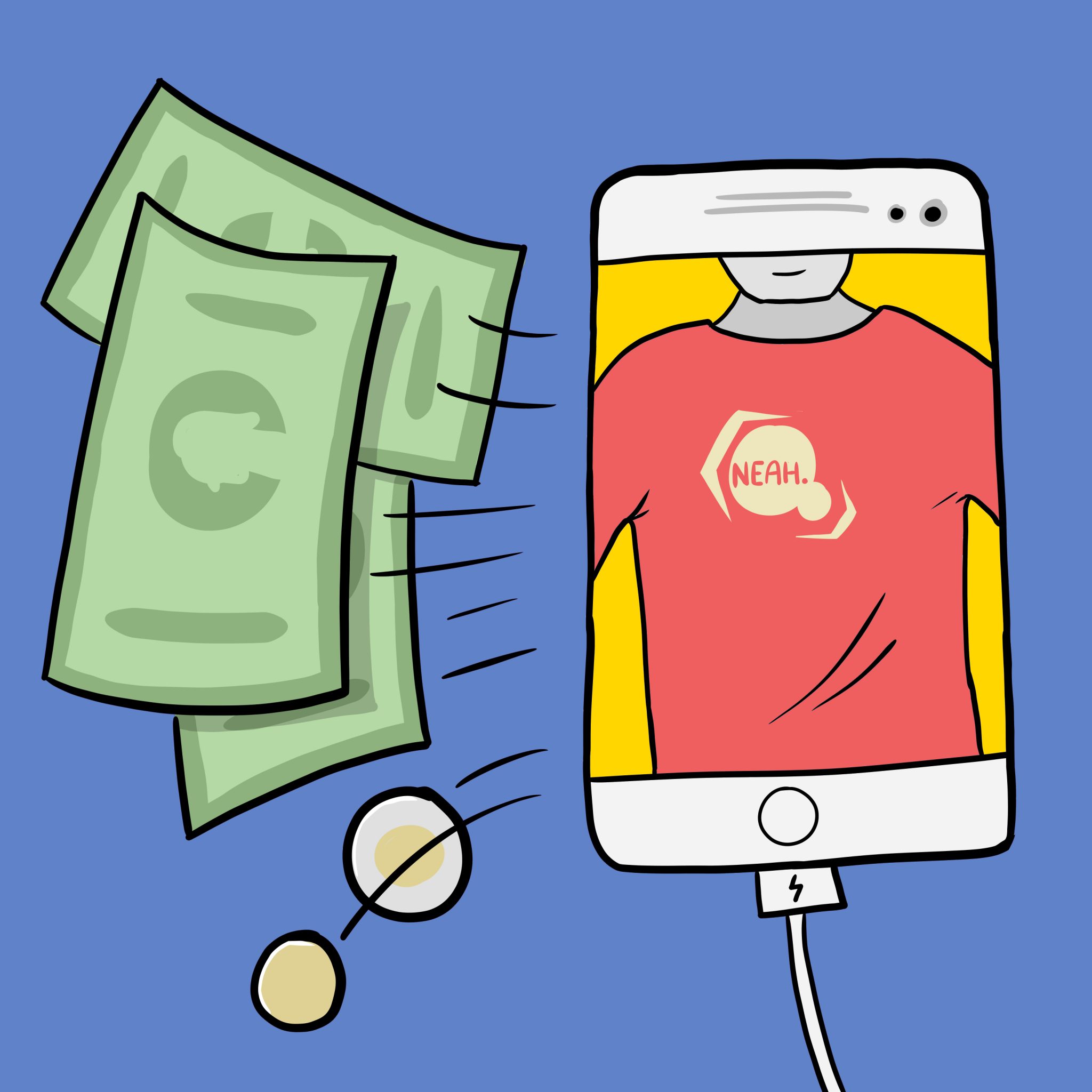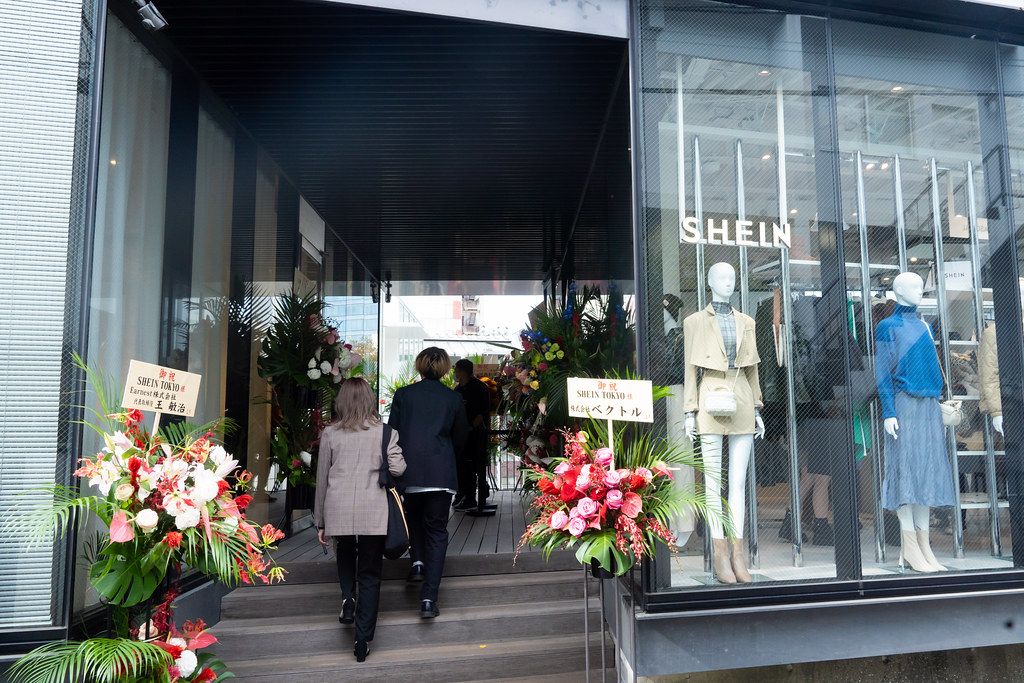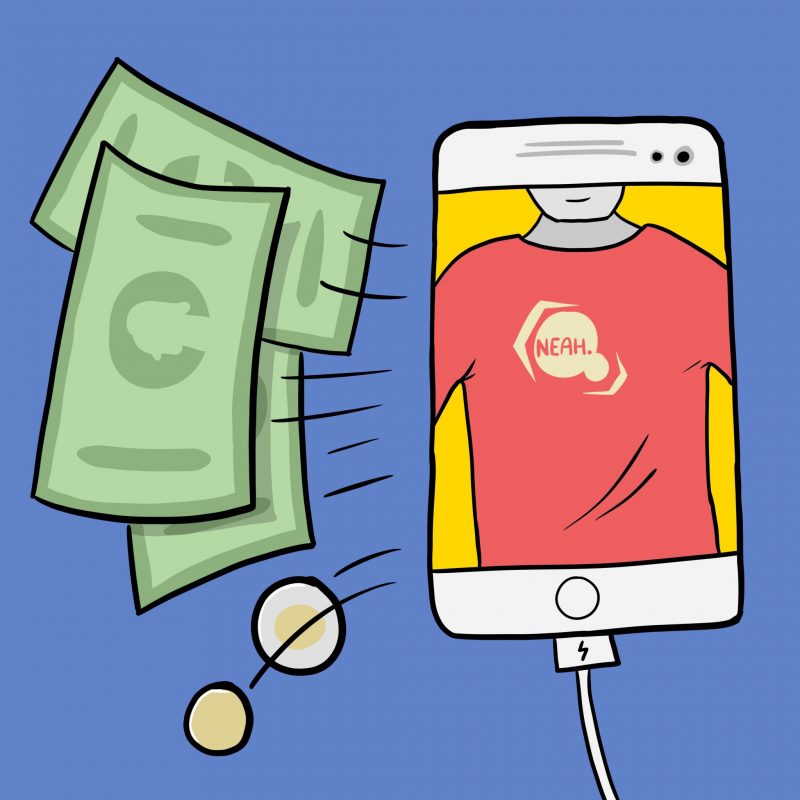“De-influencing” and me: becoming an educated consumer in the age of SHEIN


Fast fashion companies like SHEIN also contribute to climate change through their unethical business practices.
“There are unethical business practices for the people who make it. The resources they consume, even how it’s being made. They take the ideas of independent artists, take credit for their work and capitalize off it. There’s a lot of exploitation behind it,” said Robyn Hobbs, founder of Le Prix Clothing in Uptown Waterloo.
“[Buying from brands like SHEIN] reaffirm throwaway mindsets, because people buy it for so cheap that they’re never going to return it if it doesn’t fit. Even if they do return it, they end up being waste anyway. They cannot be resold as they are made with materials that can be toxic for our bodies.”
Hobbs
While saving money can help during the current cost of living crisis, is the trend truly serving its role to reduce consumption if it is still highlighting a product that consumers can purchase?
To be a truly wise consumer, each individual needs to look past the allure of the influencer’s claims.
“What we want is more consumers to think for themselves, analyze and question whether the purchase is good or not,” said Davis.
“It’s all about the impulse purchase, as opposed to taking a step back and thinking it through whether you really need this or not. Remove yourself from the hype, and you’ll be a smarter shopper.”
How can consumers become more educated when shopping?
“I like to say that they should have a second-hand first mindset – so, if they’re trying to buy something, they should see if they can find it secondhand,” said Hobbs.
This includes utilizing resources such as Facebook Marketplace, thrift stores and local boutiques.
“There’s even apps like Bunz. It’s a local community that involves trading rather than purchasing anything,” said Hobbs.
According to Bunz’s website, the app is not a “buy-and-sell group. It’s a place where people swap great stuff.”
Users can swap products and services, all with- out the inclusion of monetary value. Currently, the app operates in Toronto, Montreal, Ottawa, Vancouver, New York and London.
Reducing consumer waste involves the creative re-use of things that individuals own.
“Reimagining what you already have, to see if you can use it. As people get older, and they have homes, they accumulate a lot of things they never use,” said Hobbs.
The simplest and easiest step to becoming a conscious consumer begins with awareness and “thinking things through,” as stated by Davis – something that each of us can strive towards.
“Always give yourself a little bit of time to think things through. And that’s when you get a little better perspective.”
Davis
For Laurier students looking to make an impact, there are many options available.
One club students can join, the SDG Advocacy Network, “aims to build on the momentum of the Millennium Development Goals (MDGs), and advocate for the Sustainable Development Goals (SDGs) in efforts to end poverty, protect the planet and ensure prosperity for all.”
Another, EcoHawks, works to “raise awareness of environmental issues, promote sustainable living and encourage the reduction of individuals’ ecological footprints.”
As the holiday season ends and life resumes its normal place, so do the “new year, new me” sentiments.
For many, this shift in mindset also includes a shift in consumer patterns – after all, how will society know you are a new and improved version of yourself if you don’t have a new wardrobe (or latest Stanley cup) to prove it?
Thanks to social media giants such as TikTok, there is a new consumer trend on the scene.
‘Deinfluencing’ involves individual consumers (often influencers), telling their followers or friends the trending products that they should not be influenced to buy.
While seemingly positive on the surface, appearing to encourage individuals to be wiser consumers, the trend often leans into the “don’t buy this, but buy this instead” mindset.
“We’ve studied it [purchases based off of influencer promotion] quite a lot,” said Brad Davis, Associate Pro- fessor of Marketing at the Lazaridis School of Business & Economics.
“Part of the problem can be that if you have people following influencers, they aren’t necessarily thinking for themselves or analyzing a brand. They’re going by influencer’s suggestions that, hey, you’ll be cool if you buy this brand.”

This sentiment can be applied to deinfluencing, where high end brands are shunned in favor of lower priced products that supposedly fill the same role at a fraction of the price.
On TikTok, this dynamic is frequently seen in makeup deinfluencing videos where brands such as Rare Beauty are compared to drugstore brands like Milani.
Influencers shun higher end brands for doing the same job as lower priced brands, encouraging viewers to “save their dollars” by picking up the less expensive option.
As lower priced brands begin to see an uptick in purchases due to influencers calling attention to them, they often produce more in response to elevated demand.
“Managers are under a lot of pressure to meet very short-term quotas. It’s not the way it used to be, where you would have a review after six months. Now we can track sales in real time,” said Davis.
“It almost never works out in the long run. You inevitably see companies that hit a point where they’ve over expanded, and they have way too many different versions and variations.”
This is reflected in fast fashion brands such as SHEIN, where the company produced 1.5 million products from November 2022 to November 2023 according to Reuters.
SGD Advocacy Network can be reached on Instagram @wlu_ecohawks_w.


